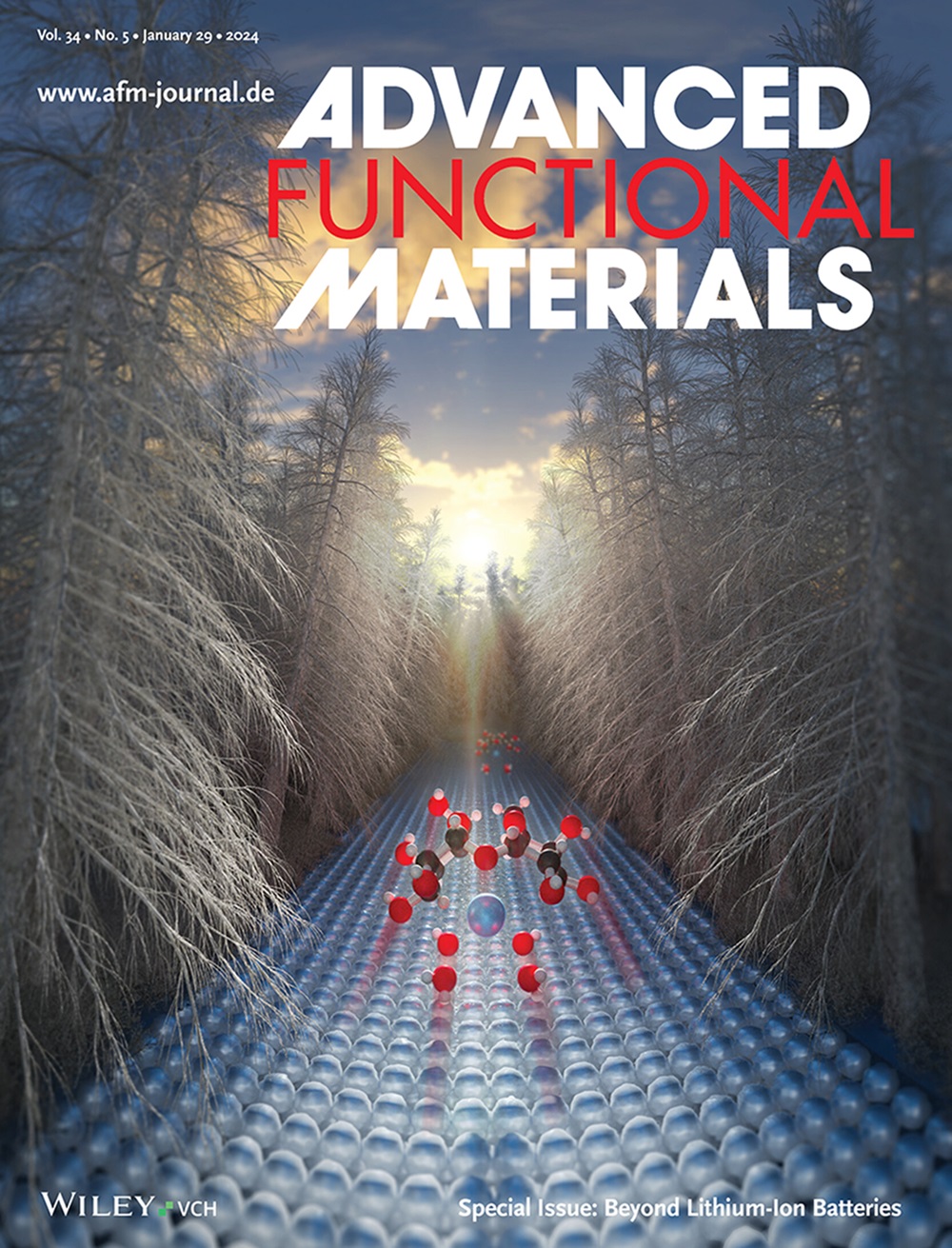Engineered Bio‐Heterojunction with Robust ROS‐Scavenging and Anti‐Inflammation for Targeted Acute Pancreatitis Therapy
IF 18.5
1区 材料科学
Q1 CHEMISTRY, MULTIDISCIPLINARY
引用次数: 0
Abstract
Acute pancreatitis (AP) is one of the most severe mortal inflammatory diseases worldwide, which is characterized by the over‐activation of reactive oxygen species (ROS)‐induced inflammation and pancreatic enzymes (PEs). As the PEs induced by ROS exacerbate the progression of AP, therefore, scavenging ROS within PEs is a prerequisite for AP treatment. To address the daunting issue, the engineered bio‐heterojunctions (bio‐HJs) consisting of Mo具有强大 ROS 清除和抗炎功能的工程生物异质结,可用于急性胰腺炎的靶向治疗
急性胰腺炎(AP)是全球最严重的致命性炎症之一,其特点是活性氧(ROS)诱导的炎症和胰酶(PEs)过度激活。由于 ROS 诱导的 PE 会加剧 AP 的恶化,因此清除 PE 内的 ROS 是治疗 AP 的先决条件。为了解决这个棘手的问题,我们设计了由 Mo2C-Au (MA)、磷脂和蛋白酶抑制剂组成的工程生物异质结(bio-HJs)。首先,经过装饰的磷脂和蛋白酶抑制剂有助于向炎症胰腺输送 MA 并中和 PE。其次,MA 表现出卓越的抗氧化和清除 ROS 能力,这主要得益于 Mo2C 与金之间的电子转移增加了 Mo 上的空轨道,理论计算证实了这一点。体外实验证明,生物 HJ 具有出色的生物相容性、优异的胰蛋白酶中和能力和高效的 ROS 清除能力。更令人鼓舞的是,体内研究进一步表明,生物 HJ 可通过抑制 ROS 诱导的 TLR4-ERK1/2 MAPK-MLCK 炎症信号通路的激活,阻止炎症细胞的浸润,减轻 AP 的严重程度。正如所设想的那样,工程生物 HJ 是治疗和预防 AP 的一种很有前景的方法。
本文章由计算机程序翻译,如有差异,请以英文原文为准。
求助全文
约1分钟内获得全文
求助全文
来源期刊

Advanced Functional Materials
工程技术-材料科学:综合
CiteScore
29.50
自引率
4.20%
发文量
2086
审稿时长
2.1 months
期刊介绍:
Firmly established as a top-tier materials science journal, Advanced Functional Materials reports breakthrough research in all aspects of materials science, including nanotechnology, chemistry, physics, and biology every week.
Advanced Functional Materials is known for its rapid and fair peer review, quality content, and high impact, making it the first choice of the international materials science community.
 求助内容:
求助内容: 应助结果提醒方式:
应助结果提醒方式:


